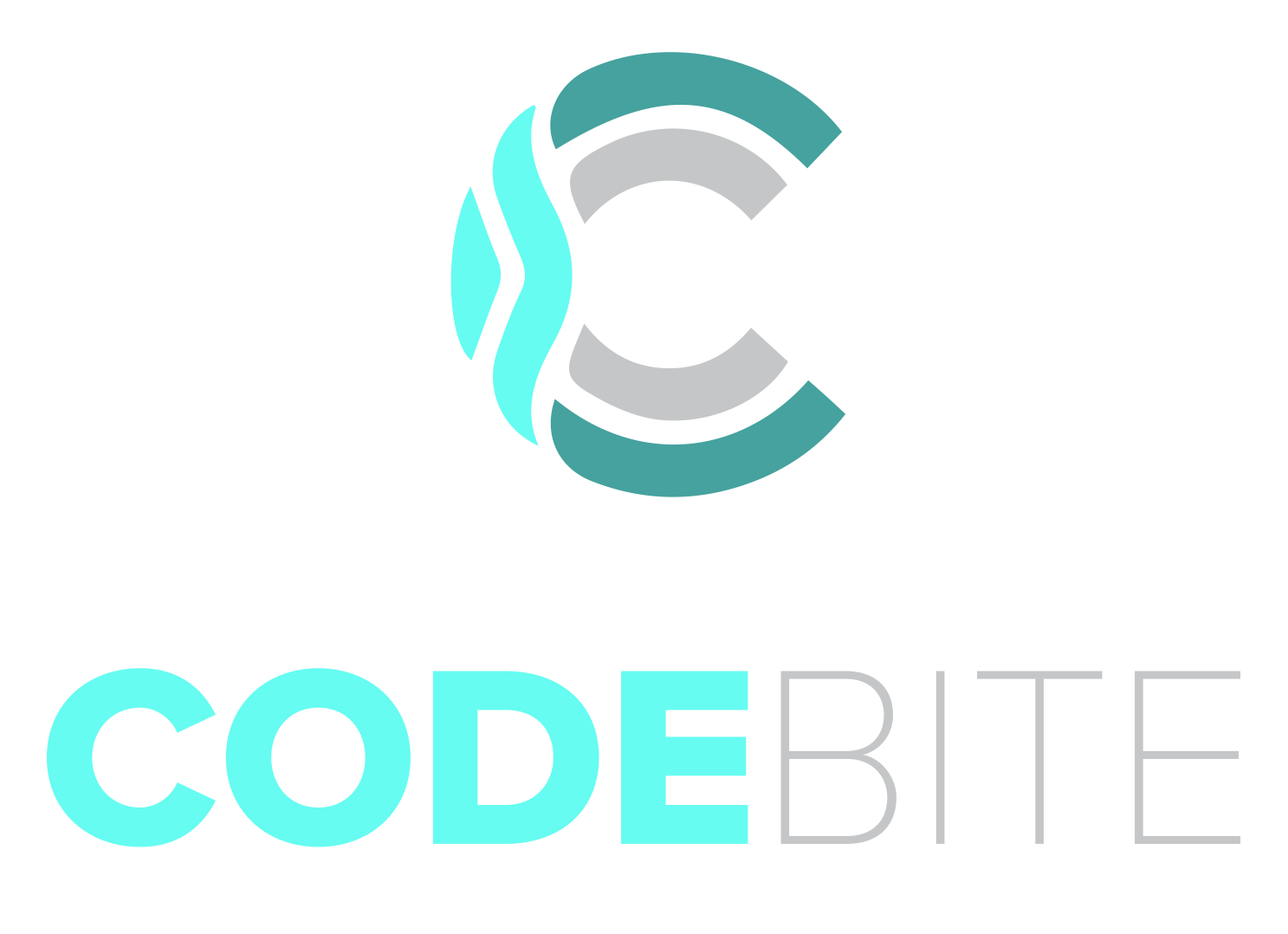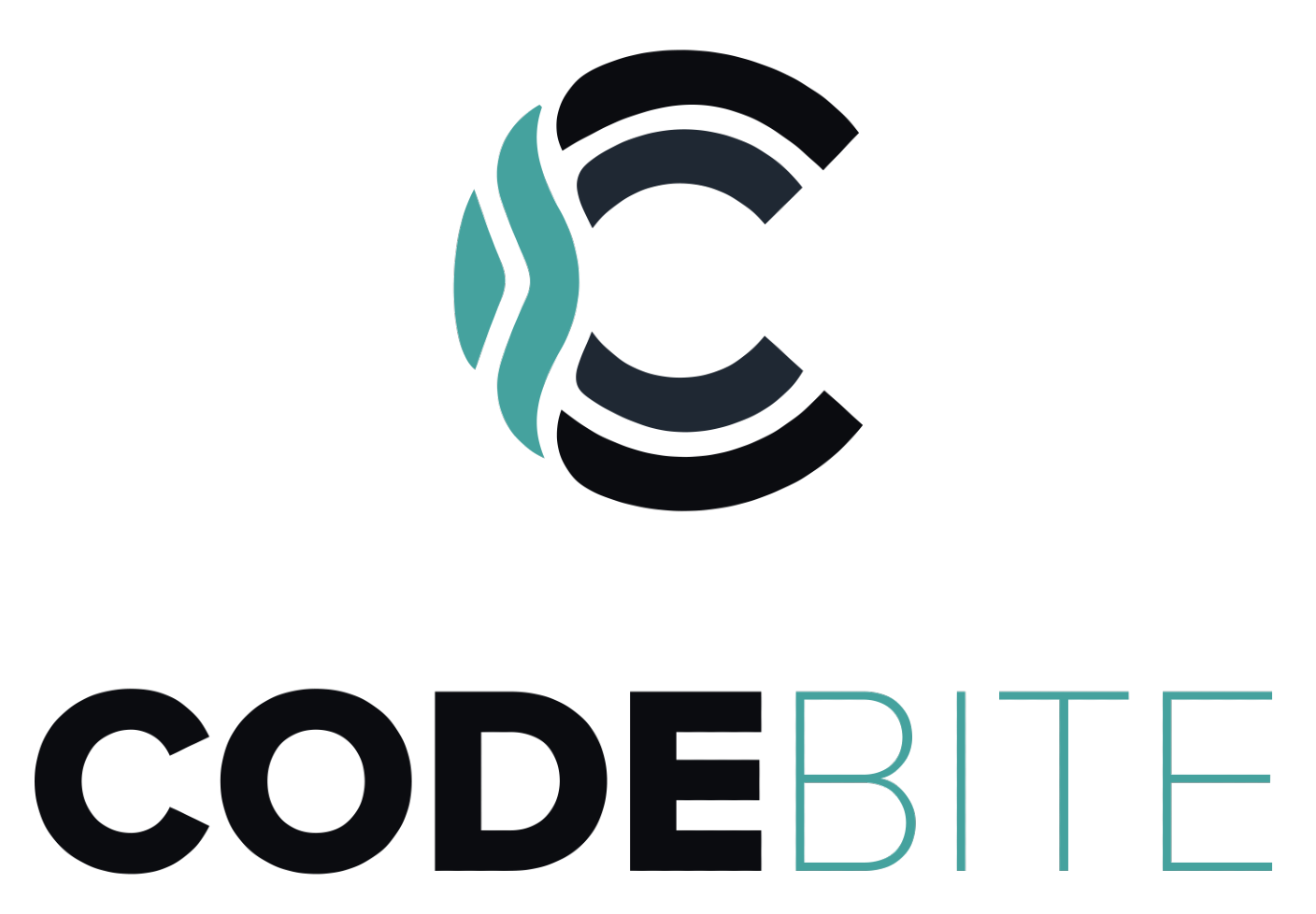How the EU Cyber Resilience Act is Reshaping Software Development — And What You Need to Do About It
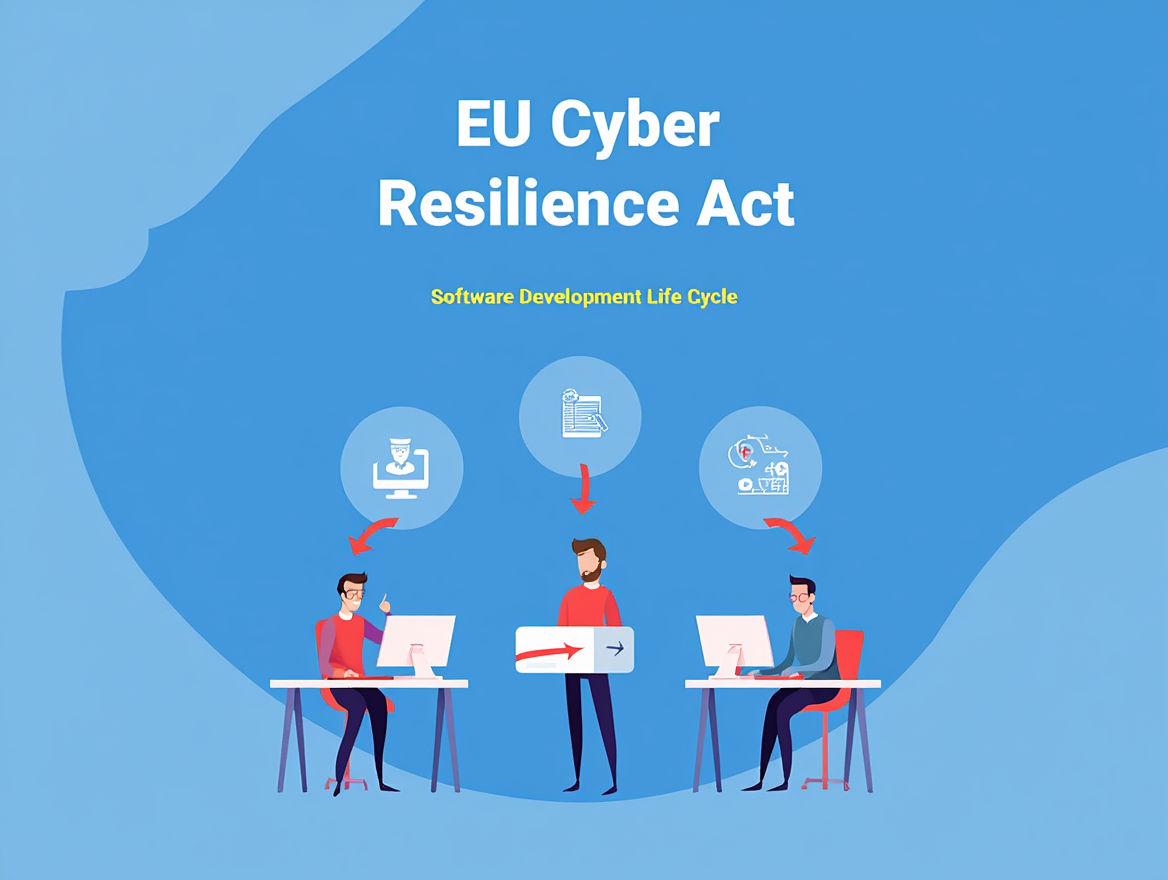
The digital products we rely on daily, from smart devices to enterprise platforms, are increasingly under scrutiny for their security. In response to the growing threat landscape, the European Union has introduced the Cyber Resilience Act (CRA), a landmark regulation set to transform how software is developed, deployed, and maintained.
For companies operating in or selling to the EU, this is not just another compliance checkbox, it’s a call to re-engineer your entire Software Development Life Cycle (SDLC). At Codebite, we’ve been closely monitoring the CRA and helping clients make sense of what it means for their development practices. Let’s break it down.
This is not just another compliance checkbox, it’s a call to re-engineer your entire Software Development Life Cycle
What Is the Cyber Resilience Act?
The EU Cyber Resilience Act (EU 2024/2847) introduces mandatory cybersecurity requirements for (hardware or software) products with digital elements placed on the EU market. It applies to a broad range of products, covering IoT devices, cloud services, enterprise software, and more.
Full compliance becomes mandatory by December 2027, but some obligations (such as vulnerability reporting) kick in as early as September 2026.
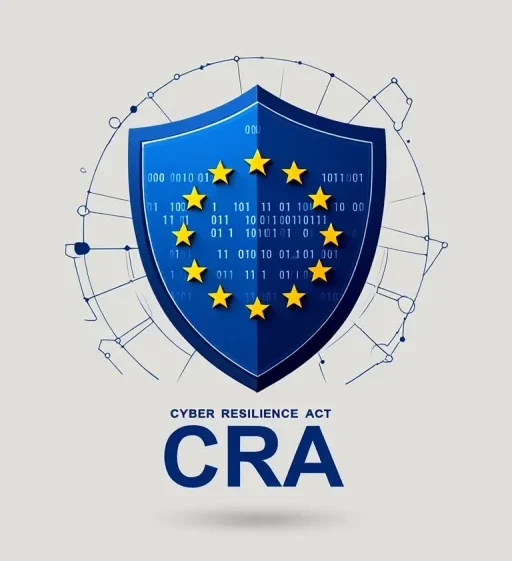
Who Is Affected?
The CRA applies to products with digital elements placed on the EU market. A product with digital elements is defined as a hardware or software product with remote connectivity or processing capabilities. This means that most products we use on a daily basis will be subject to this new regulation.
Notably, the following products and sectors are exempt from the CRA:
- Free and open-source software (FOSS) without any commercial activity.
- Internal-use-only systems (not placed on the EU market).
- Certain regulated sectors like medical, automotive, and defense industry.
CRA Requirements in a Nutshell
The CRA introduces two major categories of requirements:
1. Product Property Requirements
The CRA mandates a set of requirements relating to the cybersecurity properties of products with digital elements, including:
- No known exploitable vulnerabilities at release
- Secure default configurations
- Prevention of unauthorized access
- Data confidentiality, integrity, and minimization
- Resilience to attacks (e.g., DoS)
- Logging and monitoring with user opt-out
- Secure data deletion and transfer
2. Vulnerability Handling Requirements
In addition to the product security properties, it also sets requirements relating vulnerability handling processes and practices. These include:
- Track dependencies with a Software Bill of Materials (SBOM)
- Release security updates separately from feature updates
- Provide security updates promptly and free of charge
- Continuous security testing, review, and validation
- Coordinated vulnerability disclosure processes
These requirements are not optional and non-compliance can block access to the EU market entirely.
How the CRA Affects Software Development
Traditionally, security has been treated as an afterthought or a final checklist before release. The CRA flips that script, requiring a “security-first” mindset across every phase of the SDLC.
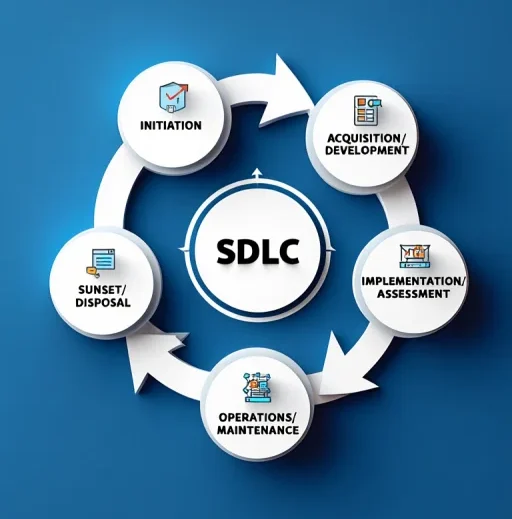
The Software Development Life Cycle (SDLC)
To illustrate some of the necessary changes, let’s consider the NIST definition of the SDLC.
- Initiation: The need for the product is expressed, and high-level requirements are defined.
- Acquisition/Development: The product is designed, developed, or otherwise acquired.
- Implementation/Assessment: The finished product is assessed and first taken into use.
- Operations/Maintenance: The product is monitored and maintained.
- Sunset/Disposal: The product is decommissioned and taken out of use.
It is worth noting that this is mainly a conceptual framework used to describe the various high-level phases of a product life cycle, and may not be a direct reflection on how products are developed or maintained.
Here’s how each SDLC phase must evolve:
Initiation
- Conduct early cybersecurity risk assessments and threat modelling.
- Include security goals in your initial business requirements.
Acquisition & Development
- Implement access control, secure data handling, and attack surface minimization from day one.
- Design for secure data deletion and transfer, even if it’s only needed at the end-of-life stage.
Implementation & Assessment
- Release only when no known vulnerabilities are present (tracked via SBOM).
- Default to secure configurations (e.g., auto-updates enabled by default).
- Perform thorough security testing with both static and dynamic tools.
Operations & Maintenance
- Continuously monitor systems for threats, vulnerabilities, and compliance.
- Handle security updates quickly, separately from feature updates, and at no additional cost.
- Maintain up-to-date SBOMs and implement robust disclosure channels
Sunset & Disposal
- Ensure secure data transfer or deletion at end-of-life.
- Plan for system decommissioning well in advance to avoid legacy risk exposure.
The above list only presents a list of recommendations to how some requirements can be fulfilled, but do not by themselves guarantee compliance. The full set of controls must always be determined on a case-by-case basis, considering factors such as the product, the product sector, and general risk appetite of the organization.
Why Compliance Isn’t Easy
Many organizations still lack:
- Centralized SBOMs
- Mature vulnerability disclosure processes
- Continuous security testing pipelines
- Clear end-of-life strategies for legacy systems
But these are all fundamental requirements mandated by the CRA.
Complying with the CRA won’t be a plug-and-play update to your SDLC. It calls for a fundamental shift-left approach, one that balances agile development speeds with robust security, documentation, and testing. At Codebite, we see this as an opportunity to build better, more secure products, not just a regulatory burden.
How Codebite Can Help
At Codebite, we specialize in helping companies evolve their software development practices. Here’s how we support your CRA journey:
- CRA Gap Analysis: We assess your current SDLC and identify where you fall short of CRA requirements.
- Security-First SDLC Redesign: We embed security into your development lifecycle, from tooling to team training.
- Automated Testing & SBOM Integration: We implement pipelines for continuous security testing and integrate SBOM tooling to track dependencies and vulnerabilities.
- Vulnerability Management Frameworks: We help establish coordinated disclosure policies, monitoring solutions, and robust update strategies.
- Sunsetting & Secure Decommissioning: We guide you through secure end-of-life planning and compliant data destruction practices.
Ready to Get CRA-Compliant?
Whether you’re building new products or auditing your legacy systems, Codebite is here to guide you through the transformation. The sooner you start, the smoother your path to compliance will be.
Let us help you turn regulation into resilience.
Coaching experience that speaks to you
Contact us today to schedule a CRA-readiness consultation and future-proof your software development lifecycle.
